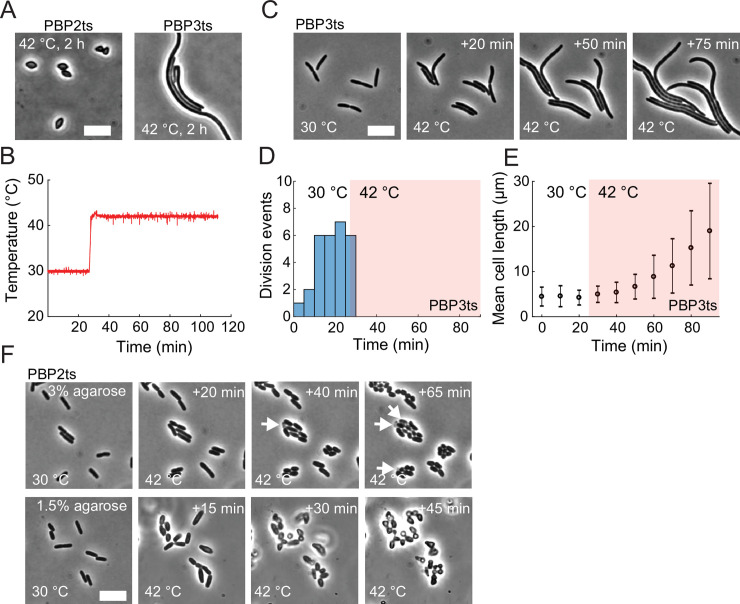Fig 6. SiCTeC enables quantification of temperature-sensitive phenotypes during transitions to nonpermissive temperatures.
(A) After 2 h of growth in liquid at the nonpermissive temperature 42°C, temperature-sensitive mutants of the cell-wall synthesis enzymes PBP2 (left, strain SP4500) and PBP3 (right, strain JE7611) adopted football-shaped and filamentous morphologies due to inhibition of the elongasome and divisome, respectively. Scale bar: 8 μm. (B) SiCTeC supported the desired temperature profile, as indicated by the temperature readout while shifting PBP2ts cells from its permissive temperature (30°C) to 42°C. The data underlying this figure can be found in file 8 in the Stanford Data Repository at https://purl.stanford.edu/cy453zg4308. (C) After a shift from 30°C to 42°C, PBP3ts cells rapidly halted division and elongated filamentously, as expected due to inhibition of cell division. Scale bar: 8 μm. (D) Division events of PBP3ts cells, binned into 5-min windows, were only observed during growth at 30°C or almost immediately after the shift to 42°C (n = 33 total division events). The data underlying this figure can be found in file 9 in the Stanford Data Repository at https://purl.stanford.edu/cy453zg4308. (E) Mean cell length of PBP3ts cells increased continuously throughout the shift from 30°C to 42°C (n = 31–40 cells per data point). The data underlying this figure can be found in file 10 in the Stanford Data Repository at https://purl.stanford.edu/cy453zg4308. (F) PBP2ts mutants are sensitive to hydrogel stiffness. After a shift from 30°C to 42°C, the PBP2ts mutant grown on 3% agarose pads (top) remained approximately rod-shaped rather than adopting the rounded phenotype in (A), and a subpopulation of cells lysed (arrows). By contrast, cells grown on 1.5% agarose pads (bottom) became football-shaped as in (A) within 30 min, without noticeable cell lysis. Scale bar: 8 μm. PBP, penicillin-binding protein; PBP2ts, temperature-sensitive PBP2; SiCTeC, Single-Cell Temperature Controller.

